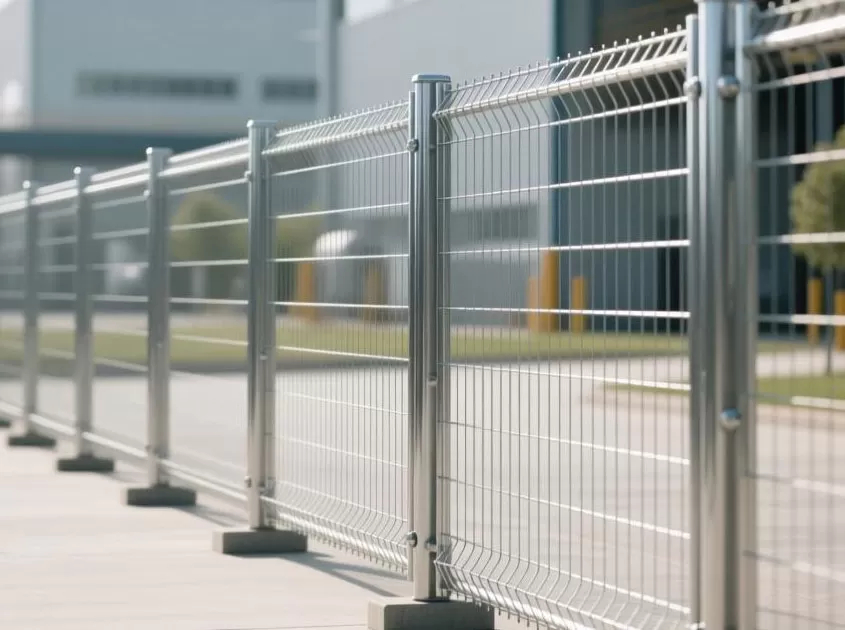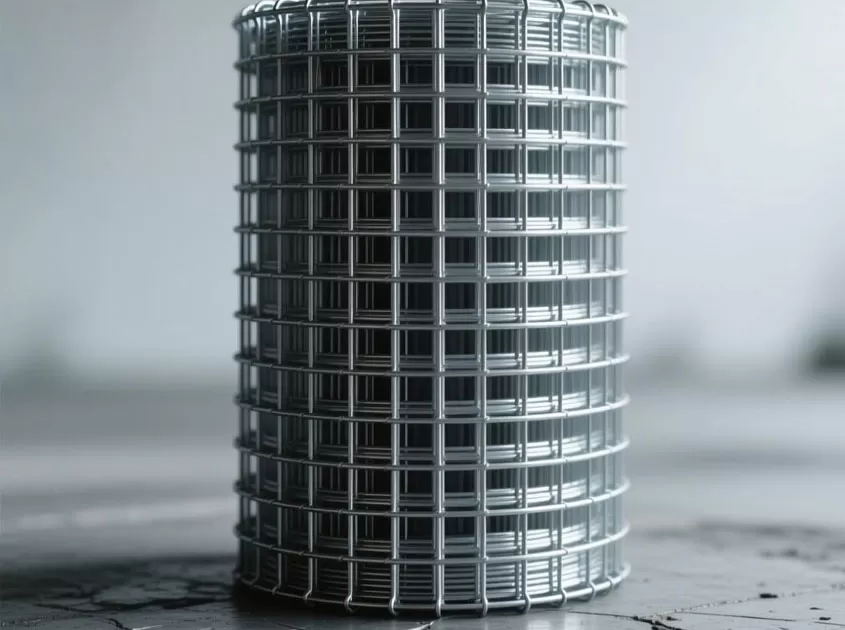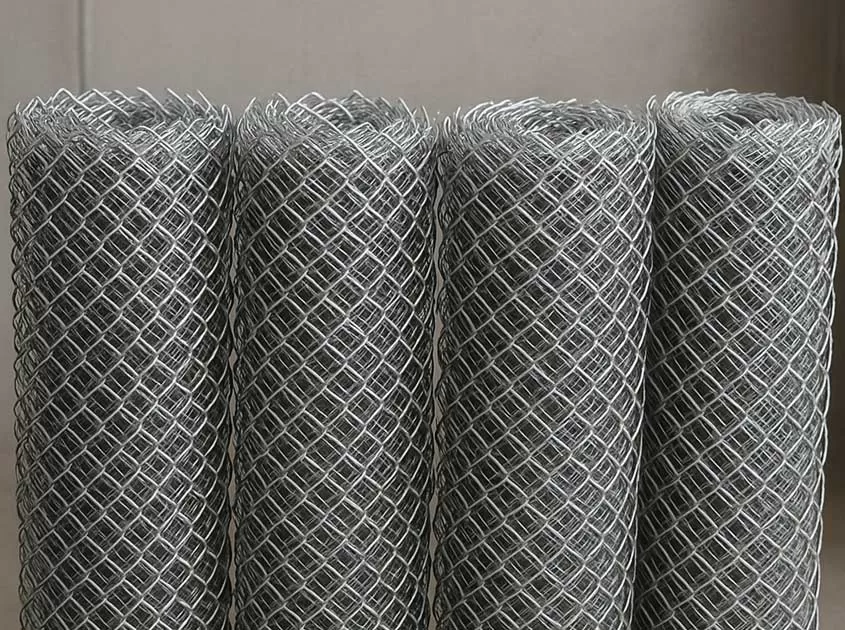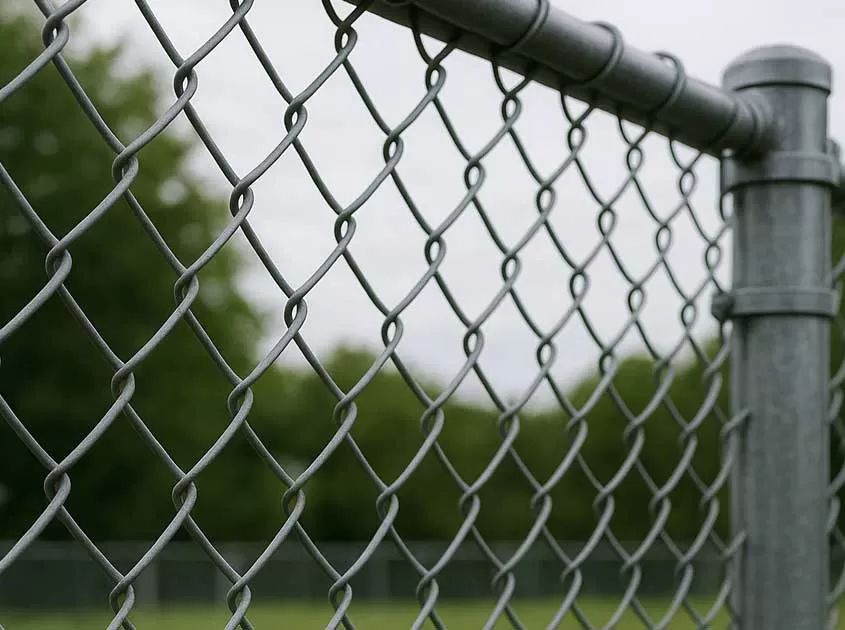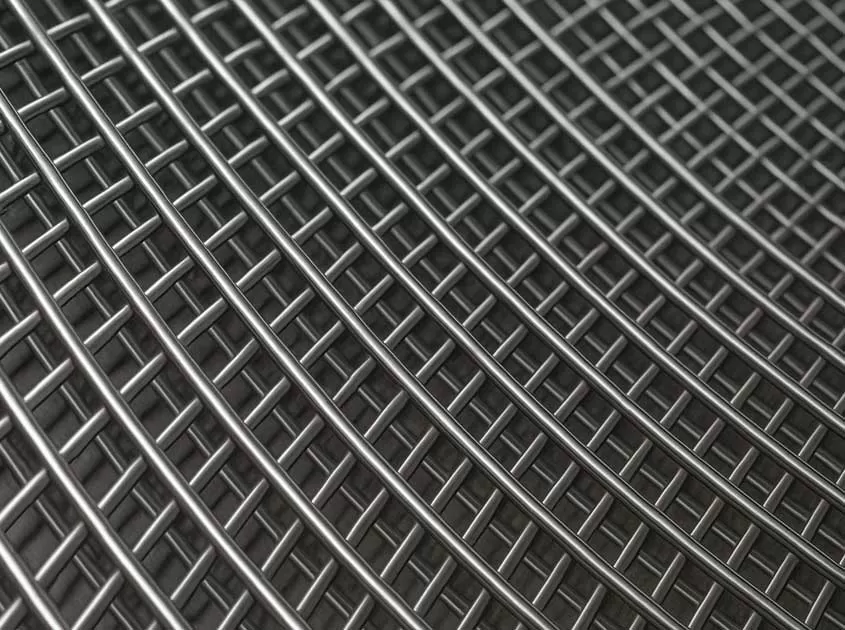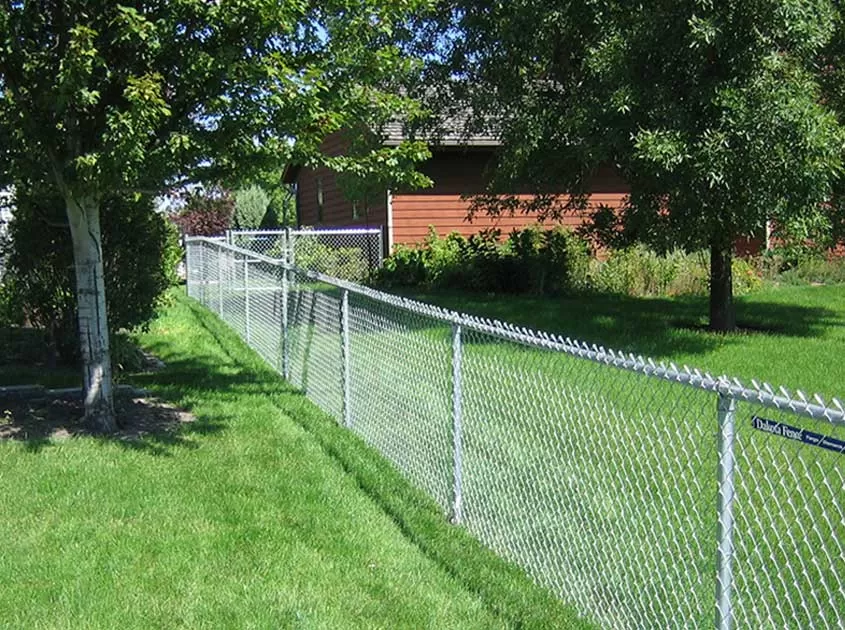Choosing the Mesh Size for Stainless Steel Wire Mesh
Introduction:
Selecting the appropriate mesh size when working with stainless steel wire mesh. The mesh size refers to the number of openings per linear inch in the mesh weave, and it plays a crucial role in determining the functionality and effectiveness of the wire mesh for specific applications. In this article, we will provide a comprehensive guide to help you make informed decisions when choosing the mesh size for stainless steel wire mesh, considering factors such as filtration requirements, particle size, and application specifics.
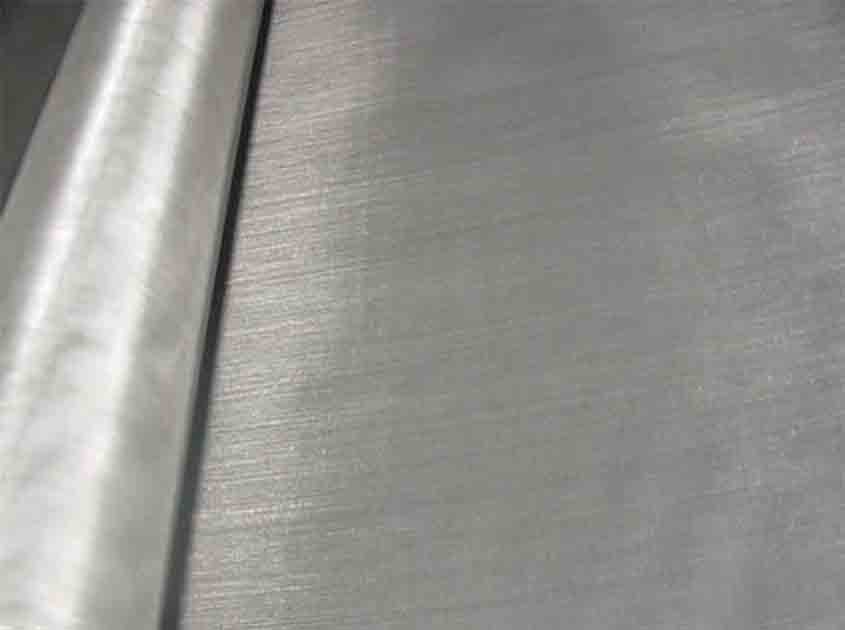
Understanding Mesh Size:
Mesh size is represented by two numbers, such as 4x4, 10x10, or 100x100, where the first number indicates the number of openings per inch in the warp (vertical) direction, and the second number represents the number of openings per inch in the weft (horizontal) direction. A higher mesh size number indicates a finer and more closely spaced mesh.
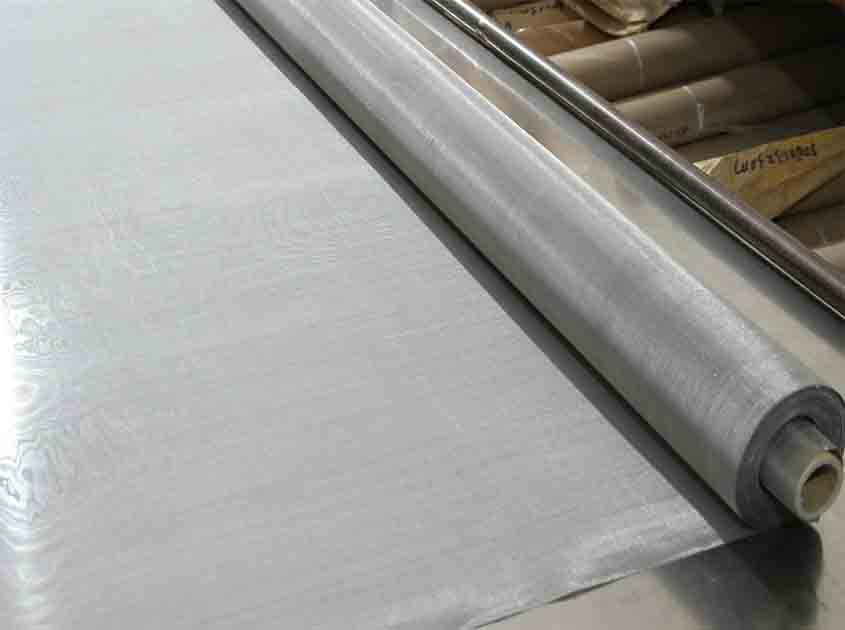
Consider the Filtration Requirements:
One of the primary considerations when choosing the mesh size is the desired filtration level. Finer mesh sizes, such as 100x100 or 200x200, offer higher filtration precision by capturing smaller particles. Conversely, larger mesh sizes, like 10x10 or 20x20, allow for greater flow rates but provide lower filtration efficiency. Evaluate the particle size range you need to filter and select a mesh size that can effectively capture the desired particles while maintaining adequate flow.
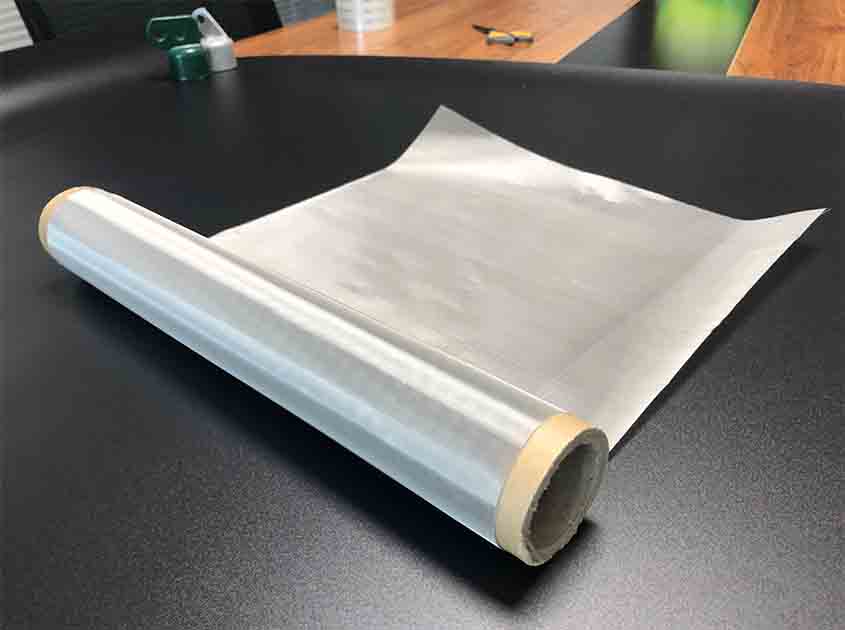
Application Specifics:
The specific application will dictate the appropriate mesh size for stainless steel wire mesh.
For example:
In industries like pharmaceuticals and food processing, where fine particulate matter needs to be filtered, a finer mesh size (80x80 to 200x200) may be suitable.
In architectural applications, where aesthetics and visibility are important, a coarser mesh size (10x10 to 40x40) may be preferred.
For security or animal control purposes, a medium mesh size (30x30 to 60x60) can provide a balance between strength and visibility.
-
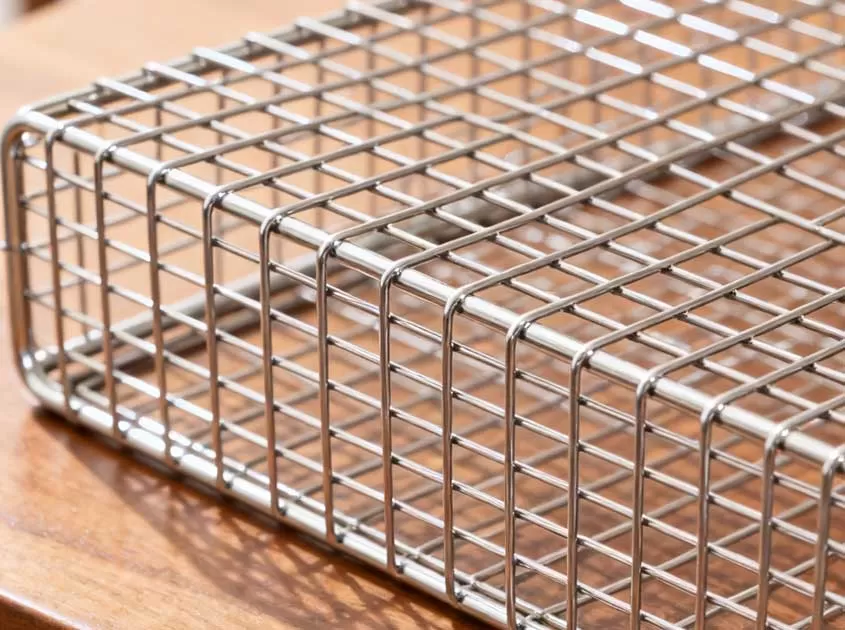 Corrosion-Resistant Stainless Steel Wire Mesh Oct 28, 2025
Corrosion-Resistant Stainless Steel Wire Mesh Oct 28, 2025

- Tel.: +86 311 83077076
- E-mail: sales@qunkunmetal.com
- Skype: qunkunsales01
- WhatsApp: 8618032412189
- Add.: No.69 The Filter Industrial Part of Anping, Hebei, China




